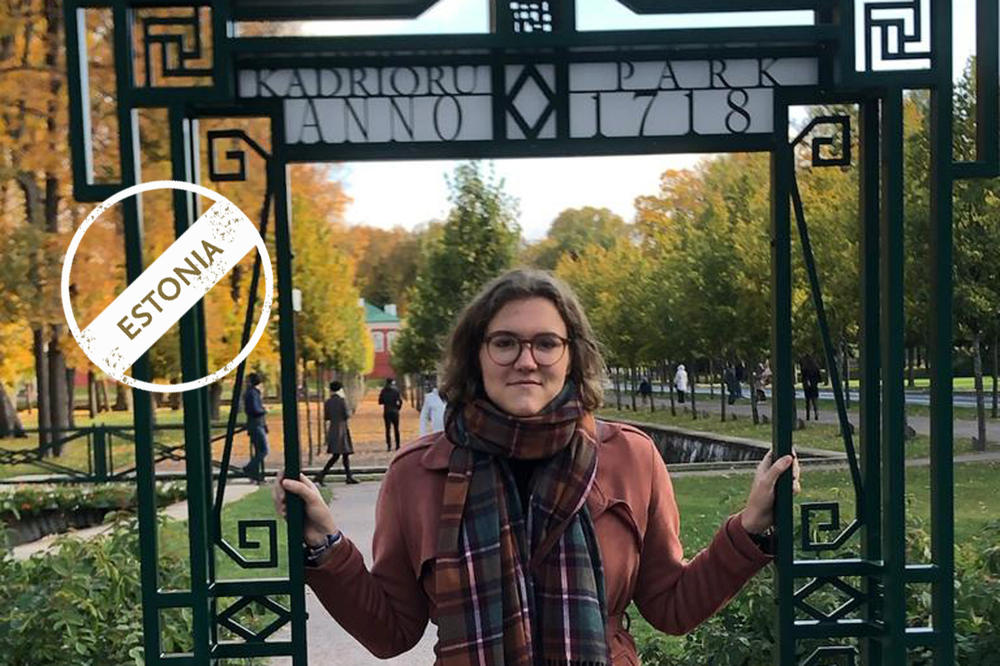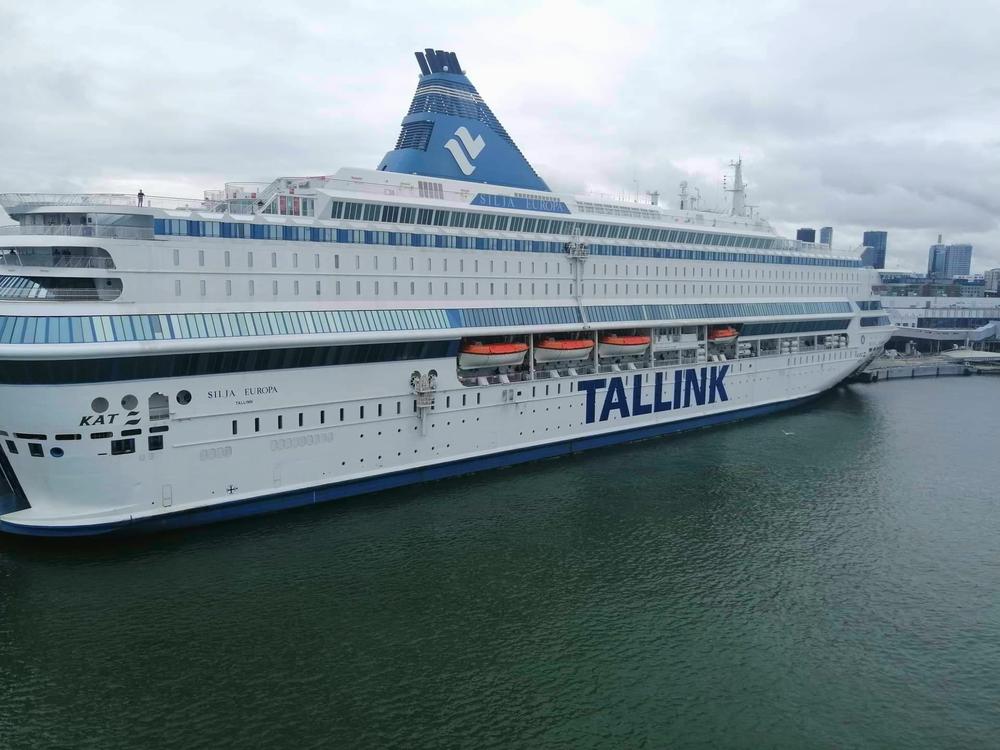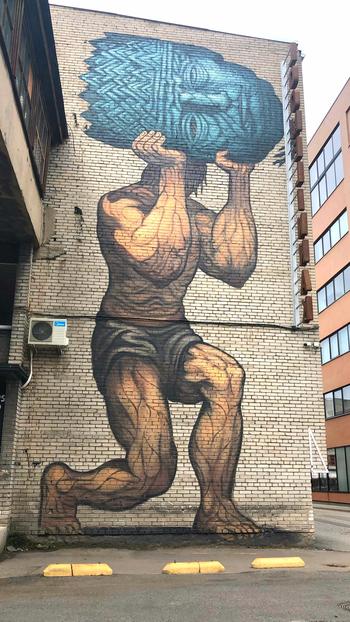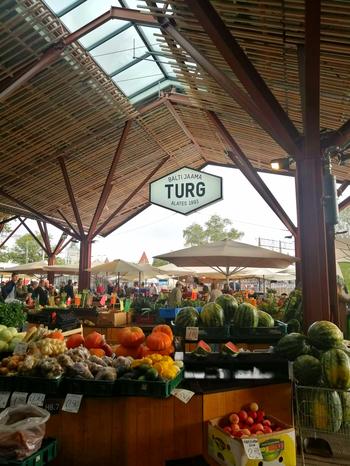Taking the ferry to work
Letter from Tallinn! Elena Schulz-Ruhtenberg describes the metropolitan region “Talsinki”
Dec 09, 2019
Elena Schulz-Ruhtenberg in the park of the summer residence of Peter the Great, which also houses the official residence of the Estonian President.
Image Credit: Private collection
“Sorry for the delay, I just got back from Helsinki,” says a lecturer. He is a Finn and teaches in both Tallinn and Helsinki. Later I learned that this is no exception at my university. For many Estonian workers, it also pays to work in Finland because of the large difference in salaries. An example: My roommate is currently working for a restaurant chain in Tallinn for an hourly wage of 4.60 euros.
Back and forth every hour between the capitals: The ferry between Tallinn and Helsinki
Image Credit: Private collection
Finland is a special European partner of Estonia. Even during Soviet rule, Finnish television was viewed in Estonia, and the country was considered a bridge to the West. Today, Finland is Estonia’s largest trading partner, ahead of Sweden and Latvia. In the meantime, there is even a name for the metropolitan region around the two capitals: “Telsinki.” Three shipping companies operate the nearly 100-kilometer route across the Gulf of Finland. They travel hourly, 365 days a year, taking two hours to reach the other shore. Due to the high demand, a rail tunnel is being planned, which should reduce the travel time to about 30 minutes.
Many of my fellow students told me that they came from Finland to study in Tallinn because the cost of living is lower here. On my weekend trip to Helsinki, it was definitely difficult to find cheap restaurants and bars for students.
That is completely different in Tallinn. More and more bars, restaurants, and galleries are opening here, especially in the former industrial quarter of Kalamaja.
At the center of the district is Telliskivi (literally, “German brick”), the center of the Estonian art and culture scene.
There you can buy fresh groceries, vintage clothes, and street food every day at the Balti Jaama Turg, the Baltic train station market. The unique architecture and art on the former factory walls make the atmosphere perfect.
Further Information
Elena Schulz-Ruhtenberg is sending us “Letters from Tallinn” until February. She is one of eleven students from Freie Universität reporting on their study abroad experiences. You can read all her letters here.
Here you can find the German version of her letter.




